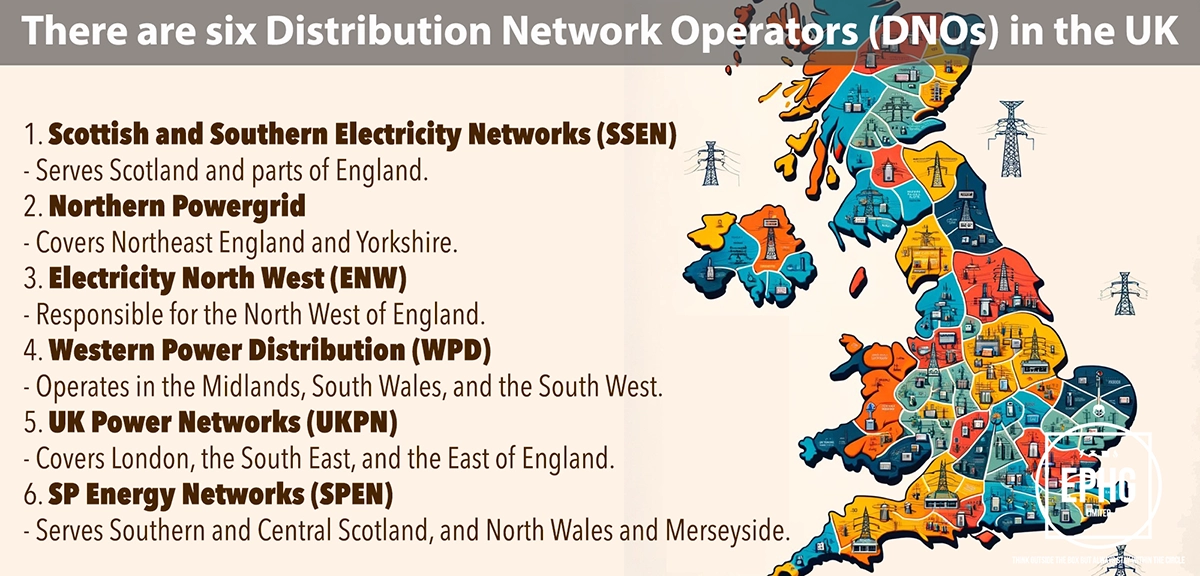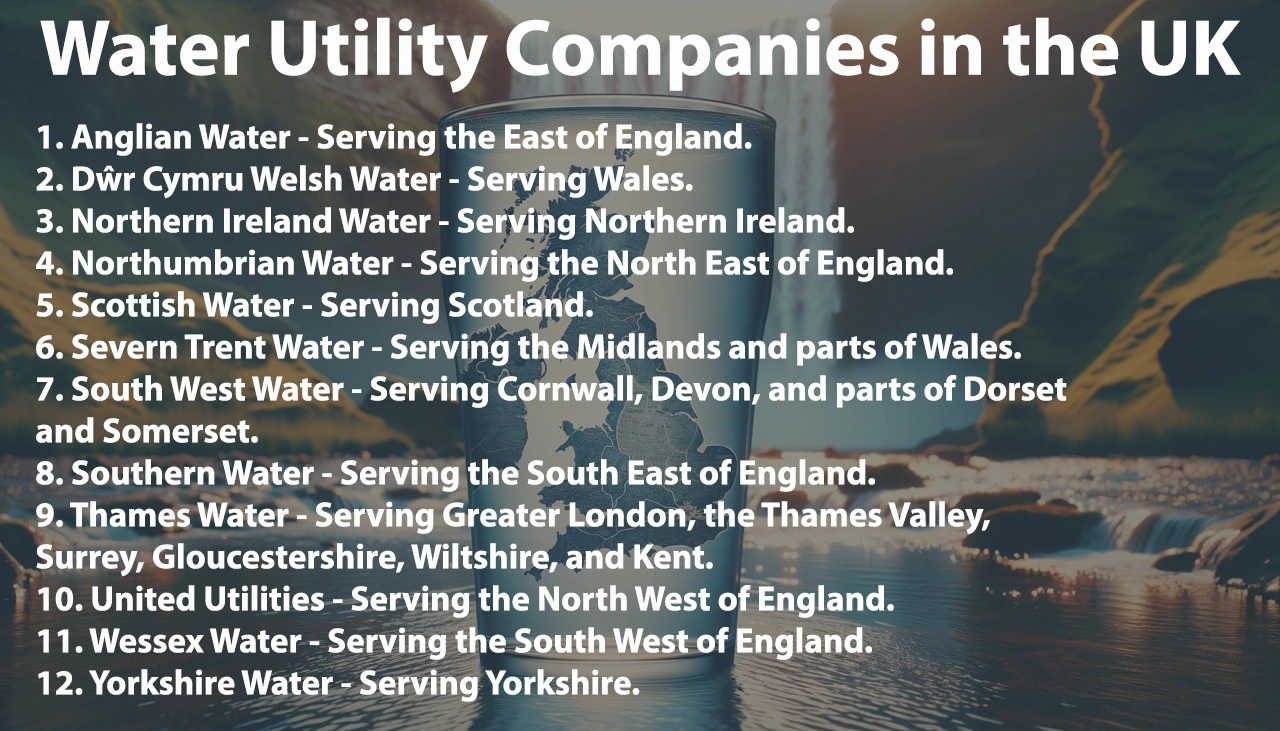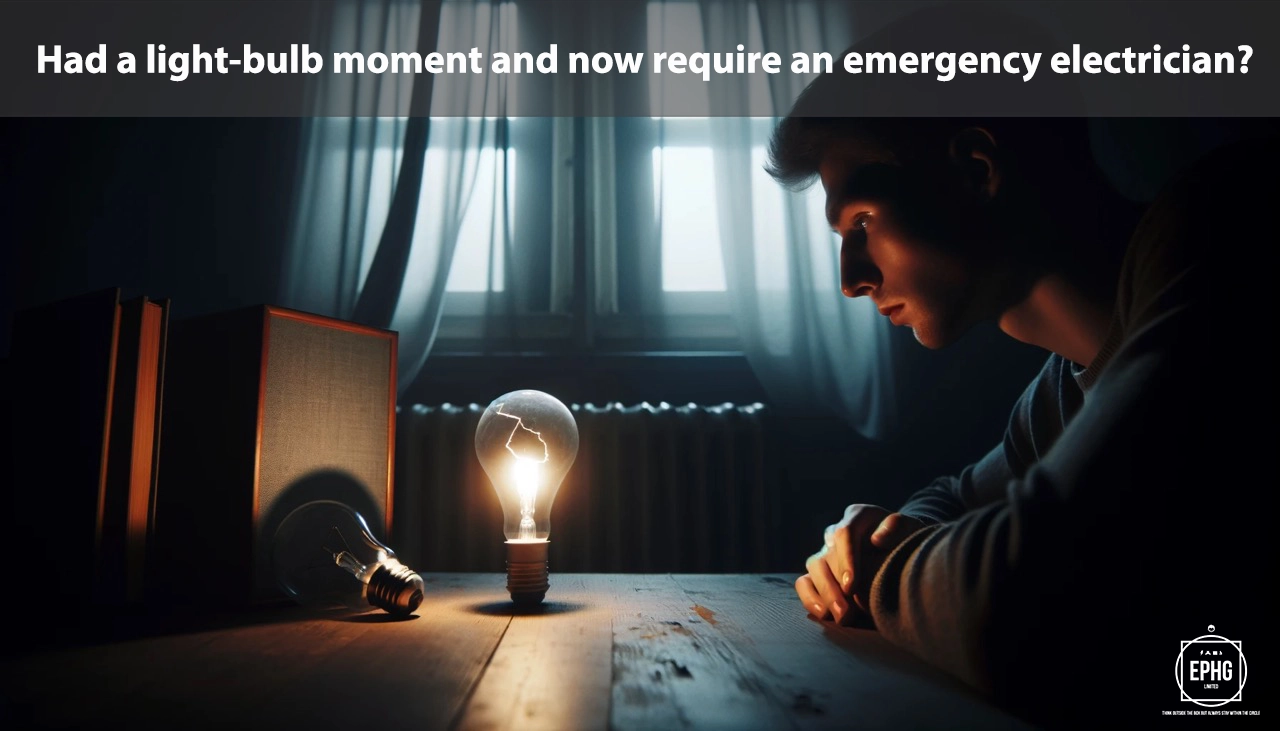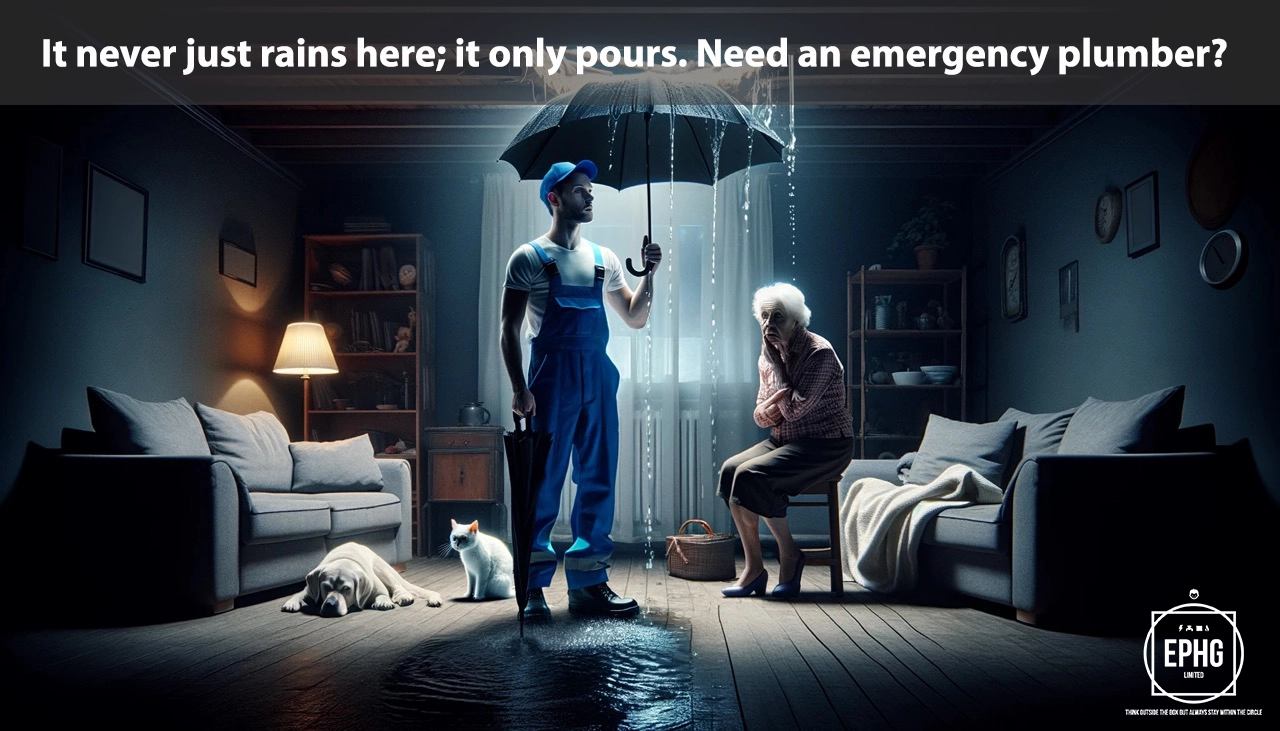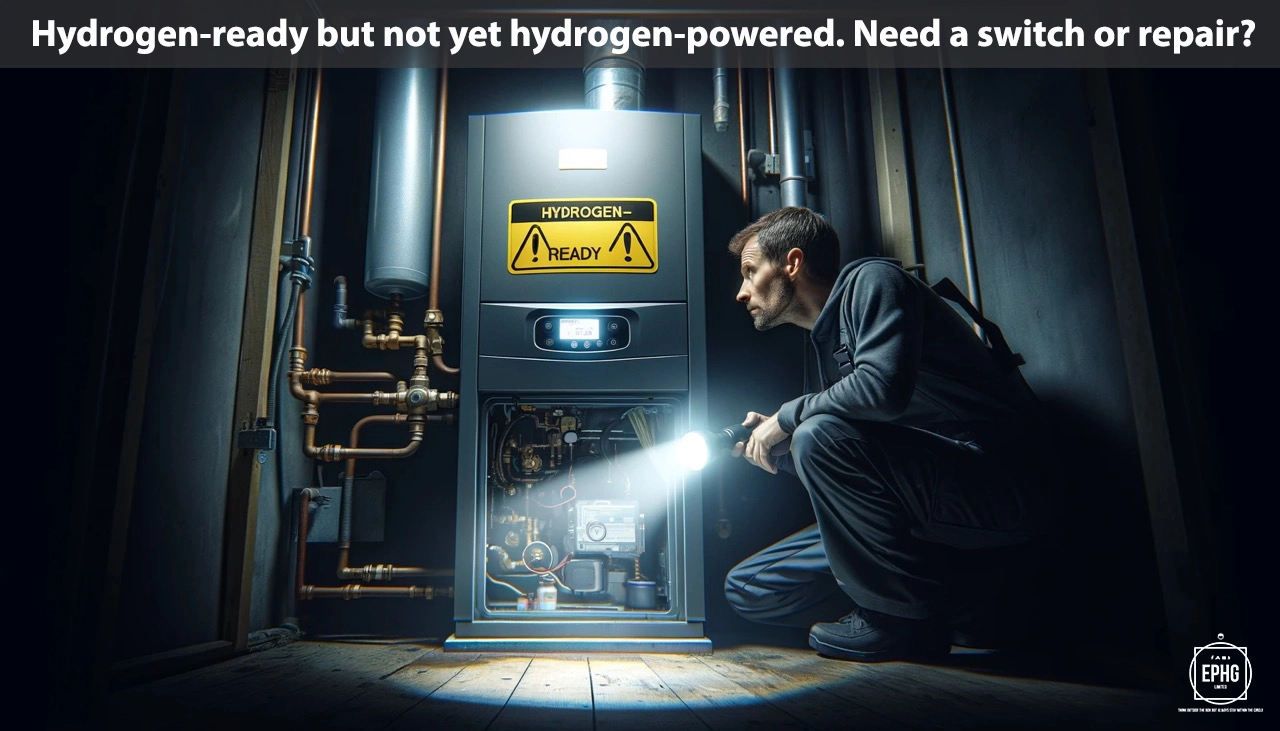
SO Postcodes for Utilities & Services
Introduction: The SO postcode area, including Southampton and surrounding areas, provides a comprehensive overview of the utilities and services available to residents. This guide aims to detail aspects of water and electricity provision, along with other essential services for local communities.
Water in Southampton
Where does the water supply come from in the SO postcode area and is there ever a shortage of water?
In the SO postcode area, primarily around Southampton, the main water sources include the River Test and the River Itchen. These rivers are integral to the region's water supply, with numerous treatment facilities ensuring that water meets safety and quality standards before distribution. Despite the SO area generally having a reliable water supply, it faces challenges such as climate change, increasing urban development, and occasional periods of drought, which can affect water availability. Local authorities and water companies closely monitor the situation, implementing water conservation measures when necessary. The water infrastructure is designed to efficiently manage supply and demand; however, residents are encouraged to adopt water-saving practices to help preserve this vital resource.
What is the hardness & quality of the water in the SO postcode area and can this affect your health?
The water in the SO postcode area is known to be moderately hard, primarily due to its journey through chalk and limestone areas. Hard water has higher levels of calcium and magnesium, leading to scale buildup in appliances and affecting the effectiveness of soaps and detergents. However, the water undergoes rigorous testing to ensure it adheres to strict safety and quality standards, making it safe for consumption. While hard water is not typically harmful to health and can contribute to dietary mineral intake, some residents may prefer the taste or feel of softer water. Local water authorities are committed to maintaining high-quality water standards and addressing any concerns regarding water safety or quality.
Electricity in Southampton
Where does the electric supply come from in the SO postcode area and what is the future of energy there?
The electricity supply in the SO postcode area, including Southampton and its surrounding locales, primarily sources its power from the national grid, integrating a blend of traditional and renewable energy sources. The region is witnessing a shift towards sustainable energy practices, with significant investments in solar, wind, and tidal energy projects. The area is also exploring innovative technologies such as battery storage and smart grids to enhance energy efficiency and reliability. The future of energy in the SO postcode area is focused on sustainability and reducing environmental impact, aligning with global trends and local initiatives towards green energy solutions and carbon emission reductions.
When is hydrogen coming to gas boilers in the SO postcode area?
The integration of hydrogen into heating systems within the SO postcode area reflects the broader UK strategy towards achieving a lower carbon future. While there is no definitive timeline for widespread hydrogen adoption, the region is likely to follow national guidelines and pilot projects, aiming for a gradual transition over the next decade. Homeowners are advised to maintain their existing heating systems while staying informed about the latest developments and potential upgrades to more sustainable options. Local utility providers and municipal authorities will offer guidance and support throughout the transition, ensuring residents have access to cleaner and more efficient heating technologies.
Where Does the Wastewater Go in the SO postcode area?
In the SO postcode area, wastewater from homes, businesses, and industrial facilities is collected and treated at various wastewater treatment plants to ensure public health and environmental safety. These facilities use advanced processes to clean the water, removing pollutants and contaminants before the treated water is released back into local water bodies, such as the River Test and the River Itchen. The commitment to high-quality wastewater treatment reflects the region's dedication to preserving local ecosystems and maintaining high standards of cleanliness and environmental stewardship.
Regions and Services:
The SO postcode area showcases a varied landscape, from the bustling coastal city of Southampton to serene countryside settings. Key areas include:
- Southampton City: A central hub for modern utilities development, featuring comprehensive electrical and gas infrastructure and progressive energy solutions.
- Winchester, Eastleigh, and Romsey: Historical towns that balance classic charm with contemporary services, showcasing a blend of old and new in their approach to utilities and community services.
- New Forest, Hythe, and Totton: Areas known for their natural beauty, where sustainable living and renewable energy initiatives are becoming increasingly integrated with traditional utility services.

Regions within the SO Postcode
Southampton and Surrounding Areas
- SO14: Southampton City Centre, Ocean Village, Chapel - Known for its vibrant urban center, marina, and cultural venues.
- SO15: Shirley, Freemantle, Banister Park, Millbrook - Residential areas with local businesses and community facilities.
- SO16: Bassett, Redbridge, Rownhams, Nursling, Chilworth - Combining urban and suburban living with access to green spaces.
- SO17: Highfield, Portswood, St Denys, Swaythling - Areas popular with students and families, close to universities and parks.
- SO18: Bitterne, Bitterne Park, Chartwell Green, Townhill Park, Southampton Airport - Diverse residential areas with community amenities and airport access.
- SO19: Sholing, Thornhill - Residential areas known for their community spirit and local parks.
- SO20: Stockbridge - A picturesque market town known for its high street and rural charm.
- SO21: Compton, Colden Common, Easton, Hursley, Micheldever, Twyford, Winchester - Villages and suburbs with historical sites and countryside.
- SO22: Badger Farm, Fulflood, Hursley, Littleton and Harestock, Olivers Battery, Pitt, St Cross (South), Stanmore, Weeke - Winchester residential areas blending historic charm with modern living.
New Forest and Surrounding Regions
- SO23: Winchester city center, Abbotts Barton, Bar End, Highcliffe, Hyde, St Cross (north), Winnall - Historic city with a rich heritage and vibrant community.
- SO24: Alresford, Cheriton, Tichborne, Ropley, Owslebury - Known for beautiful landscapes, market towns, and rural communities.
- SO30: Botley, Hedge End, West End - Suburban areas with shopping centers, business parks, and residential developments.
- SO31: Bursledon, Hamble-le-Rice, Locks Heath, Netley Abbey, Warsash - Coastal and riverside communities with marinas and leisure facilities.
- SO32: Bishops Waltham, Corhampton, Droxford, Durley, Swanmore, Waltham Chase - Villages offering a blend of history and country living.
- SO40: Totton, Lyndhurst, Cadnam, Marchwood - Gateway to the New Forest with a mix of urban and natural landscapes.
- SO41: Lymington, Milford-on-Sea, Pennington, Boldre, Hordle, Sway, Brockenhurst - Coastal towns and forest villages known for their scenic beauty and outdoor activities.
- SO42: Beaulieu, Brockenhurst, East Boldre - Heart of the New Forest, renowned for its national park and wildlife.
- SO43: Lyndhurst, Ashurst, Bank - Central New Forest locations known for their natural beauty and tourist attractions.
- SO45: Hythe, Fawley, Blackfield, Calshot, Hardley - Coastal areas with industrial history, marinas, and nature reserves.
- SO50: Eastleigh, Fair Oak, Bishopstoke, Horton Heath - Urban and suburban areas with strong community hubs and amenities.
- SO51: Romsey, Ampfield, Lockerley, Mottisfont, Wellow - Historic market town and surrounding villages with beautiful countryside.
- SO52: North Baddesley - A residential area known for its community feel and local amenities.
- SO53: Chandler's Ford, Hiltingbury - Suburbs of Eastleigh with retail parks and residential developments.
